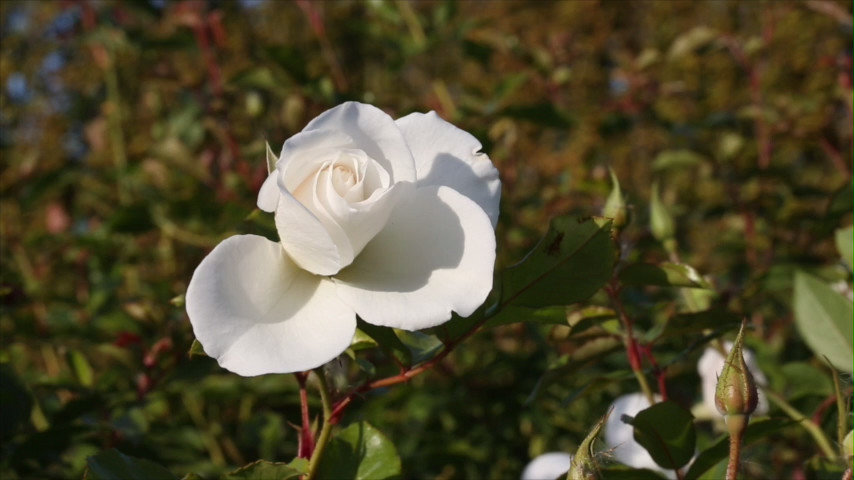
Lest I have given the impression that I only like and create highly manicured gardens, I am sharing one of my other obsessions (along with travel, cemeteries and shoes)--trees sculpted by time and nature.
On a recent trip to Auburn, Alabama, I was impressed by the number of lovely crepe myrtles. Too often, the poor trees are victims of "crepe murder", whereby their branches are chopped back to stumps and the regrowth is a horrible, unnatural mushroom shape. But when left unpruned, these trees become graceful specimens with muscled trunks and arching canopies, highly deserving of their popularity in the Southern landscape.
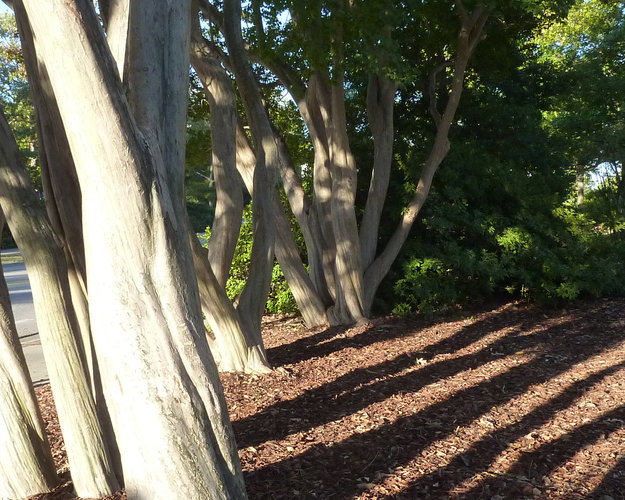
In the Hamptons, New York, there are a surprising quantity of massive, ancient beech trees. When I have encountered them on past projects, the design has been catered to their preservation. Their size and character can remove the dreaded "suburban" quality (architects' and landscape designers' favorite insult of one another's work) and give a new house and its garden a sense of age and importance. There are many varieties of beech--green, red, purple, multi-color, weeping, fernleaf--but they all have smooth, gray bark almost elephantine where it wrinkles to form its sturdy branches and spreading roots.
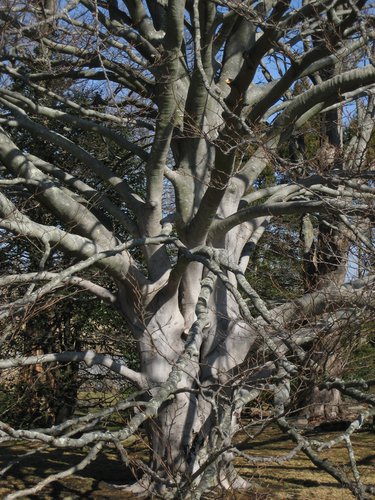
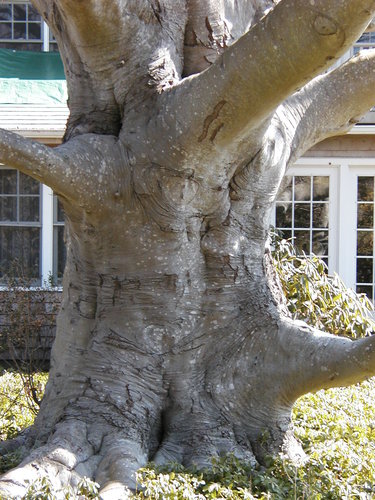
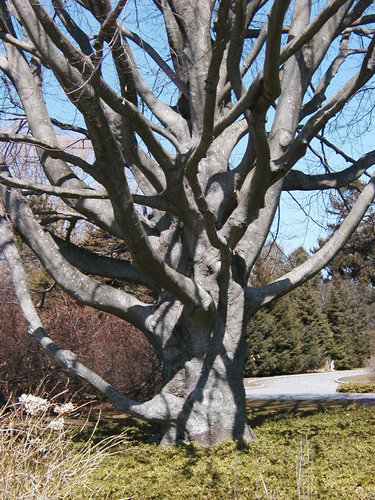
In nearly every folder of my travel photo library, there is at least one image of a sculptural tree. Below is a Carpinus, also known as Musclewood, Ironwood or Hornbeam, in Hyde Park in London.

And for each city in which I've lived, there is a folder dedicated to photos of its beautiful trees, reminders of the many days I've spent walking around, looking up.
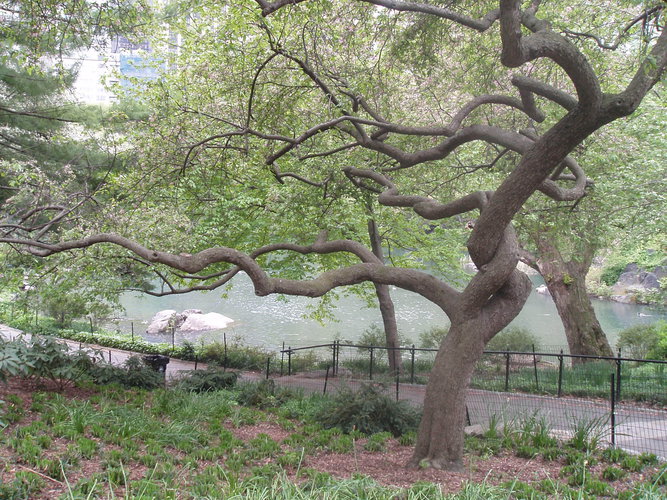
I am not the first or the last to be moved and inspired by the forms of trees. The artist Roxy Paine has taken the subject to another level with his stainless steel sculptures.
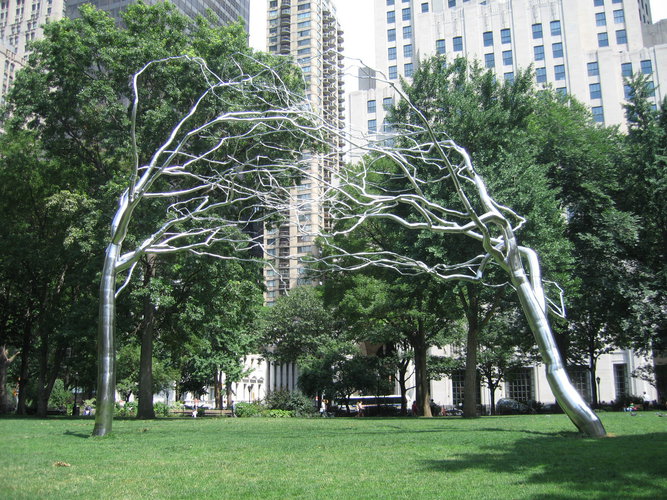
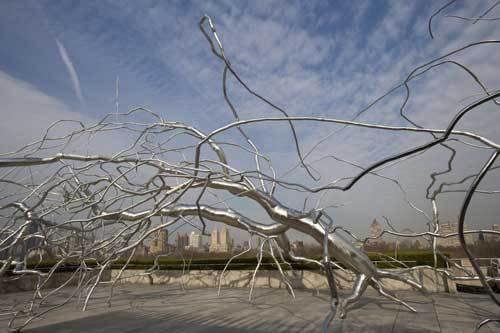
--And a note on upcoming posts: I will be traveling to Madrid, Paris and Florence soon, so check in next month for photos of sure-to-be amazing gardens!